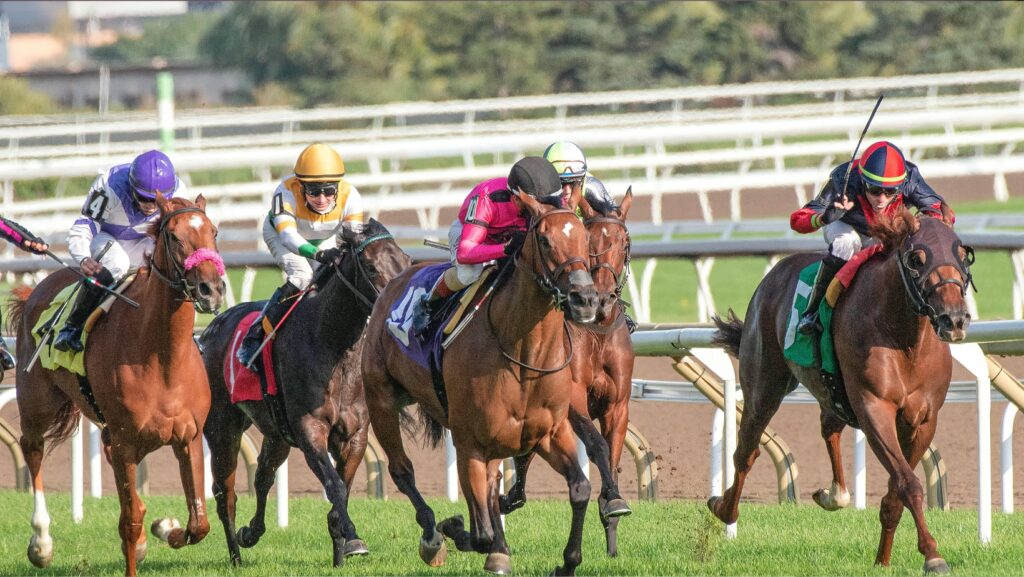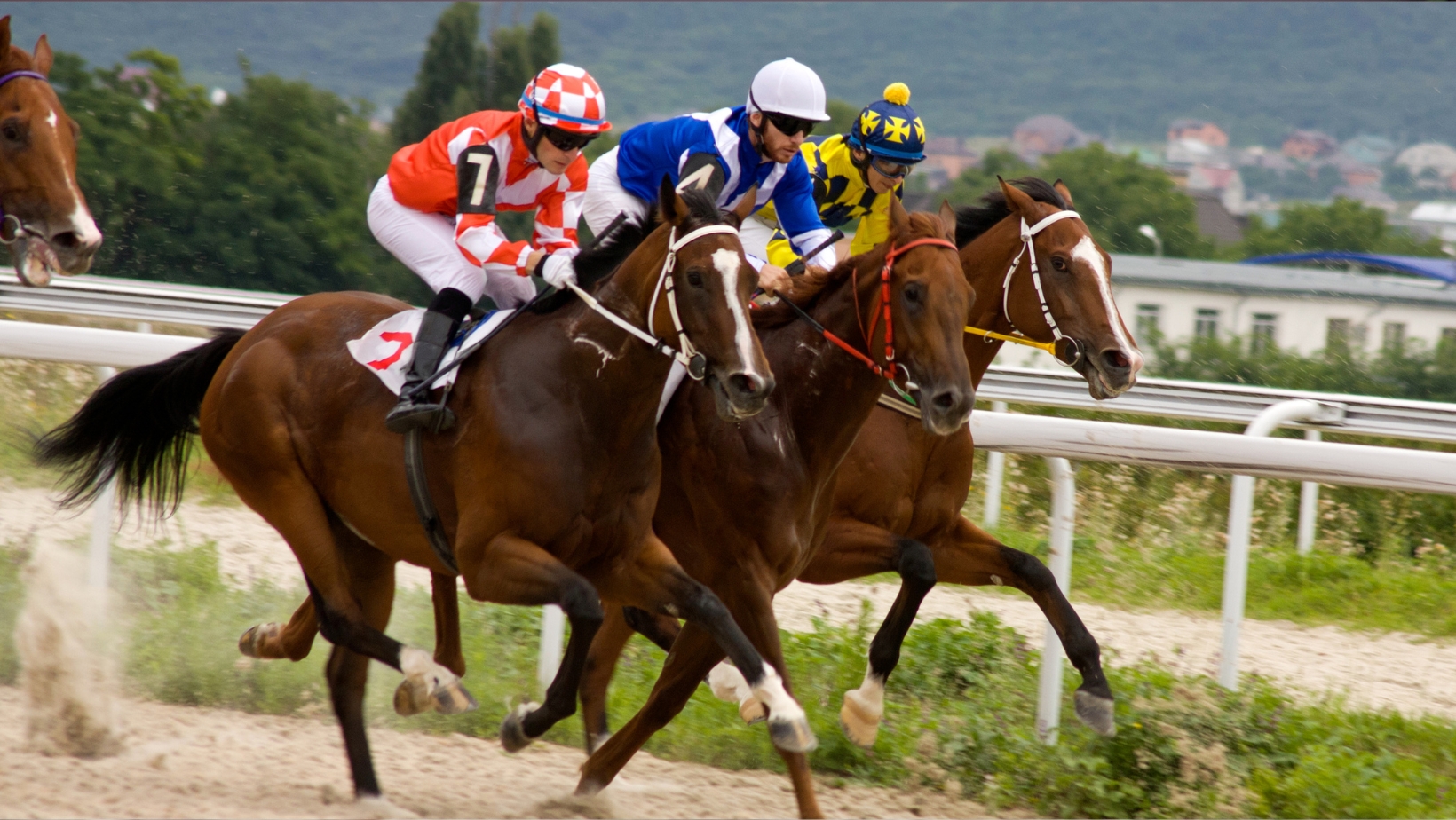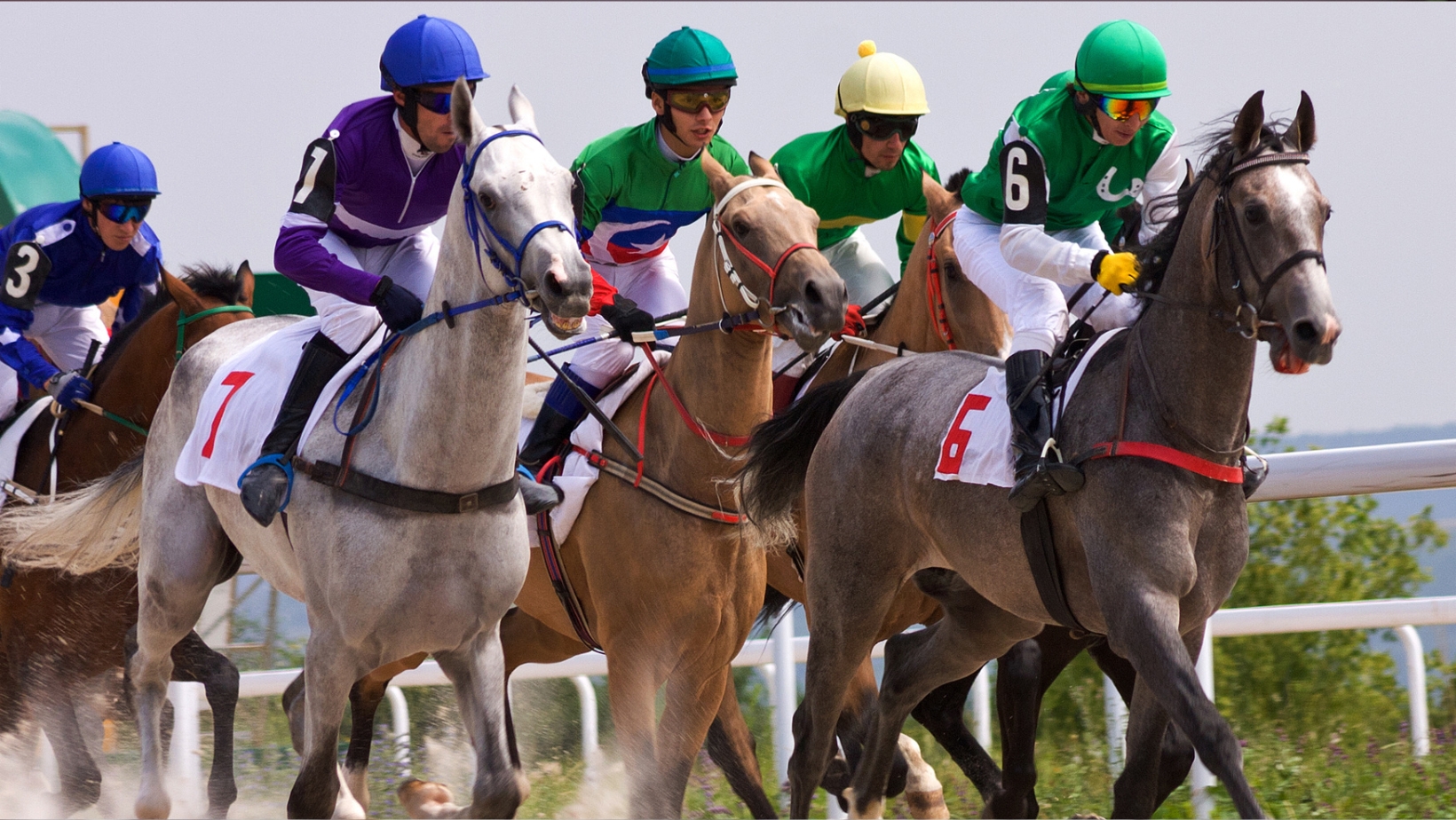
Monmouth Park has been a staple of American horse racing for over a century. While the thrill of live racing keeps fans engaged, experienced bettors know that finding winning trends is the real key to success.
From track conditions to jockey patterns, identifying repeatable factors can provide a valuable edge.
Recognize Track Bias and Surface Conditions
Every racetrack develops certain biases over time, and Monmouth Park is no exception. On some days, inside posts might hold a clear advantage, while on others, horses breaking from the outside seem to dominate. Factors like weather, track maintenance, and rail placement influence these trends, making it essential to track how conditions evolve throughout the race day.
A dry, fast track often benefits speed horses, particularly those with an inside post position. On wet days, however, the bias can shift dramatically. Monmouth Park’s dirt surface tends to favor horses that can handle moisture, making past performances on wet tracks an essential piece of research. Paying attention to early race results can provide an edge. If deep closers are struggling, it may indicate that speed is holding up well.
Turf races add another layer of complexity. Monmouth’s turf course can become soft after heavy rain, benefiting horses with proven form on yielding ground. Analyzing how recent turf races have played out can reveal whether front-runners or late closers have the advantage.
For those looking to refine their selections further, using FanDuel Monmouth picks can help identify horses best suited to current track conditions, ensuring a well-informed betting strategy.
Identify Hot Jockey and Trainer Combinations
Some jockeys and trainers perform exceptionally well at Monmouth Park year after year. Recognizing these patterns can make a difference, whether it’s an aggressive riding style that fits the track’s configuration or a trainer’s ability to condition horses for local success.
Jockeys who consistently secure mounts from top trainers often find themselves more frequently in the winner’s circle. A strong trainer-jockey combination suggests a high level of trust and strategy, making these pairings worth tracking.
Additionally, some trainers specialize in specific race types, such as sprints or turf routes. Understanding which trainers excel in certain conditions helps narrow down the best picks.
It’s also beneficial to track which jockeys perform well in certain running styles. Some riders thrive on speed horses that dictate the pace, while others are more effective at timing late rallies. Matching a jockey’s riding strengths with a horse’s preferred running style offers a strategic edge.
Class Drops and Spotting Live Underdogs
Not all horses are entered in the right spot. When a horse drops in class, it often signals an attempt to secure an easier win. A horse competing against stronger fields may have struggled in previous starts but could dominate when facing slightly weaker competition.
Class droppers often present excellent betting value, especially when trained by a sharp conditioner who can place a horse for success. However, not all class drops are positive. If a horse consistently drops without improving, it might indicate a declining form rather than a strategic move.
Understand Pace Scenarios
Pace is one of the most overlooked yet crucial aspects of handicapping. Monmouth Park races often feature different pace dynamics depending on the race distance and surface. Identifying how a race is likely to unfold can make a significant difference in selecting the right contenders.
Races with multiple early speed horses often set up for closers, as a fast pace can wear down front-runners. Conversely, a race with little early speed may allow a lone front-runner to dictate the tempo and conserve energy for the stretch drive.
Studying past performances reveals which horses consistently set the pace, stalk the leaders, or rally from behind. When a race lacks confirmed speed horses, a runner with tactical speed can gain a significant advantage by controlling the early fractions.
Spot Horses With Track and Distance Success
Certain horses thrive at specific tracks, and Monmouth Park is no exception. Some runners perform significantly better over this surface than others, making track-specific form an essential factor to evaluate.
Horses with past wins or strong performances at Monmouth Park should be given extra consideration, especially if they return under similar conditions.
Some horses also show clear preferences for certain distances. Sprinters may struggle when stretched to a mile, while routers often lack the early speed needed in shorter races.
Familiarity with Monmouth’s layout can also give some horses an edge. If a horse has repeatedly run well over the track, it likely feels comfortable with the surface and configuration, making a repeat effort more probable.
Recognize Betting Market Trends
The betting market often provides clues about a horse’s chances, especially in the minutes leading up to post time. Significant odds drops on certain horses suggest strong late betting support, often from insiders or sharp handicappers.

While following market movements can be helpful because blindly chasing steam plays isn’t always profitable. Instead, compare a horse’s morning line odds to its live odds. It could present excellent value if a contender gets overlooked despite strong form. Likewise, heavily bet favorites that lack key winning factors may be worth fading in favor of better-priced alternatives.
Watch Out for Sneaky Workout Patterns
Workouts can reveal hidden form, especially for horses returning from a layoff or making their debut. While some workouts are simply maintenance drills, sharp workouts leading up to a race can signal that a horse is in peak condition.
Fast morning drills, particularly those at the top of the day’s workout times, suggest a horse is fit and ready to perform. If a horse has worked well at Monmouth Park rather than another location, it’s an added plus. Some trainers use Monmouth as a base, and knowing which barns have strong workout-to-race success rates can be valuable.
Additionally, horses gradually improve their workout times, which may be rounding into form. A strong workout pattern and factors like class drops or equipment changes can indicate a live longshot.
Final Thoughts
No single factor guarantees success, but combining multiple insights increases the odds of making well-informed wagers. Successful bettors take a data-driven approach, consistently evaluating trends and recognizing profitable angles. Because, at the end of the day, horse racing is a game of skill, patience, and pattern recognition, and those who study the details often reap the rewards.













